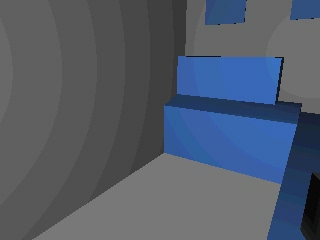Hey folks. Does anybody know if there's a Discord or a website or a forum where folks discuss Fixed Cam 3D games in detail? I'm really not into Facebook, so ideally I'm not looking for a FB page, etc.
Resident Evil's obviously a key reference, but I'm also looking to talk about stuff like Alone in the Dark, Obscure, Life is Strange, Telltale's Walking Dead, White Night, Tormented Souls, Heavy Rain, Fear the Dark Unknown, City of Lost Children, Summerford, Simulacrum, some of the Puppetcombo games etc...?
I'm just really curious to know if there's somewhere people discuss or debate those games - they're not exactly common and they're often made in the survival horror genre, but I think they offer some interesting challenges in both cinematography and interaction design, while also offering a particular visual language for creators.
Ehh - just think they're cool. =) Any thoughts?



